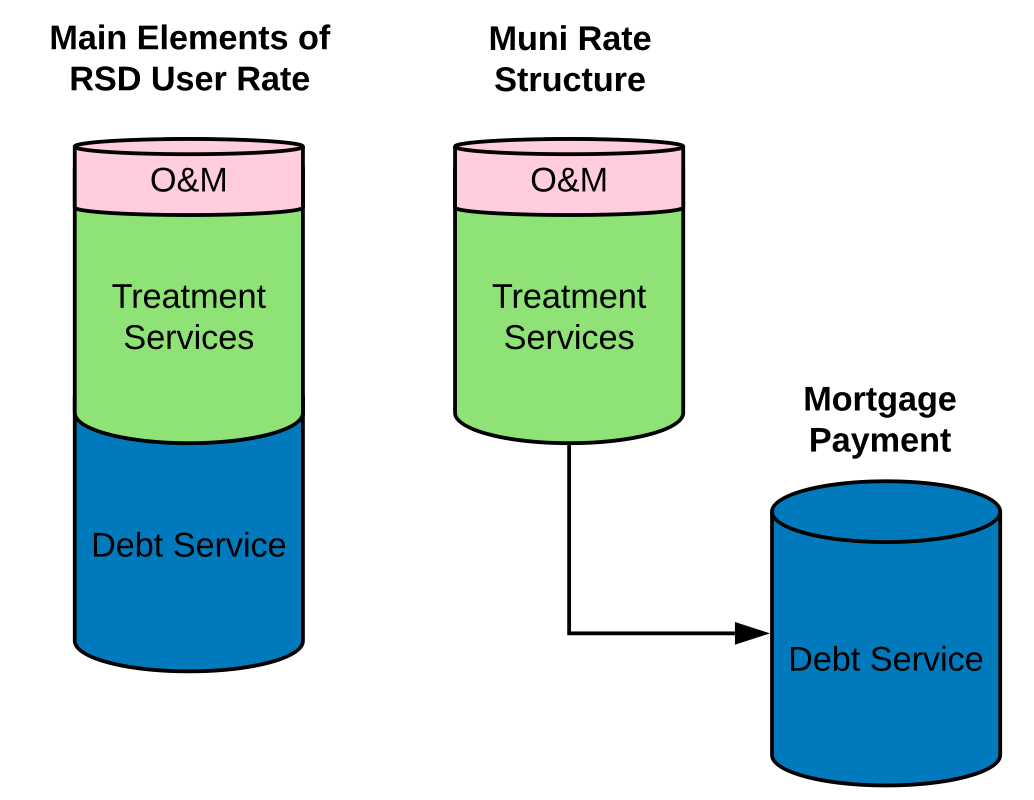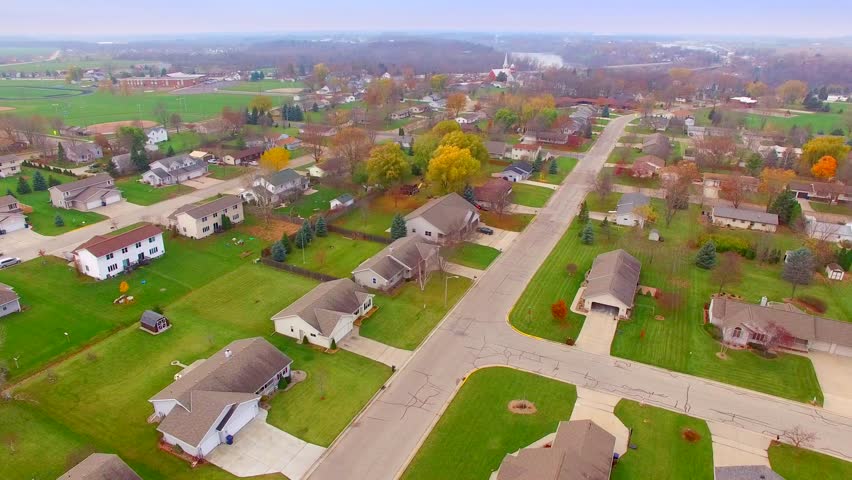We have been involved in a variety of initiatives with regional sewer districts (RSDs) throughout Indiana. One of the resounding messages and complaints about new projects and existing service areas is the commonly higher monthly rates that RSD customers are charged.
“The rates we’re being charged by this district or that district are ridiculous! Why is our bill so high when people in town are paying much less??!”
We hear you. The rates are usually higher but there is a very simple explanation for this, it’s called debt service.
When homes are constructed with sanitary sewer to begin with, the cost of that sanitary sewer infrastructure is rolled into the price of the home build or the lot purchase. When towns are built or expanded and the sanitary sewer is extended to accommodate that growth, those new homes are required to pay for their share of the cost of that infrastructure. Similarly, new residential neighborhood developments have seemingly very high lot prices for just a small piece of land, why? Because the price of that lot includes the roads, sidewalks and water and sewer infrastructure to service the home.
RSDs and Septic Elimination
Regional Sewer Districts typically provide sanitary sewer service to existing homes that were originally built with individual onsite septic systems or no real treatment system at all. Over time, systems degrade, tiles collapse and environmental issues are caused due to untreated household wastewater discharging into ditches and streams.
As sanitary sewer infrastructure extends and expands over time, the cost of extending this infrastructure to groups of homes that are burdened with these environmental health issues becomes cost feasible. RSDs serve as the agent in rural and otherwise unserved areas to design, install, and manage sanitary sewer service.

So what is Debt Service?
Infrastructure is not free (surprise) and like everything else in the world, the cost continues to rise. RSDs are able to obtain low interest state financing and often free money in the form of grant assistance and “forgivable loans” to reduce the overall cost to ratepayers. However, rates are still going to be higher because the debt service is essentially an extra layer of cost that is in the mortgage of those who built their home with sewer to begin with. Everyone pays for their sewer less the grants and assistance that is obtained – it’s just a matter of whether the cost is in your mortgage payment or your sewer bill.
There are some RSDs with lower monthly bills than most. How did they do it? Typically this is due to a very high level of grant assistance due to extreme environmental situations and/or the RSD requires a very high initial contribution which means you’re paying most of your share of the cost up front, to the tune of $10,000 or more.
The following diagram is a conceptual illustration of the different rate structures – there are more detailed elements in practice. Every service provider is different.

We understand that these bills can be difficult for some individuals such as elderly on a fixed income to afford. BCS Management is working on special program concepts for a set percentage of ratepayers who qualify for a reduced rate sewer bill. We also encourage those who truly cannot afford their sewer bill to reach out to their local Township Trustee for assistance.
Lana Beregszazi is a management consultant at and the president of BCS Management, Inc. She specializes in infrastructure projects and planning for counties, towns and regional sewer districts.

